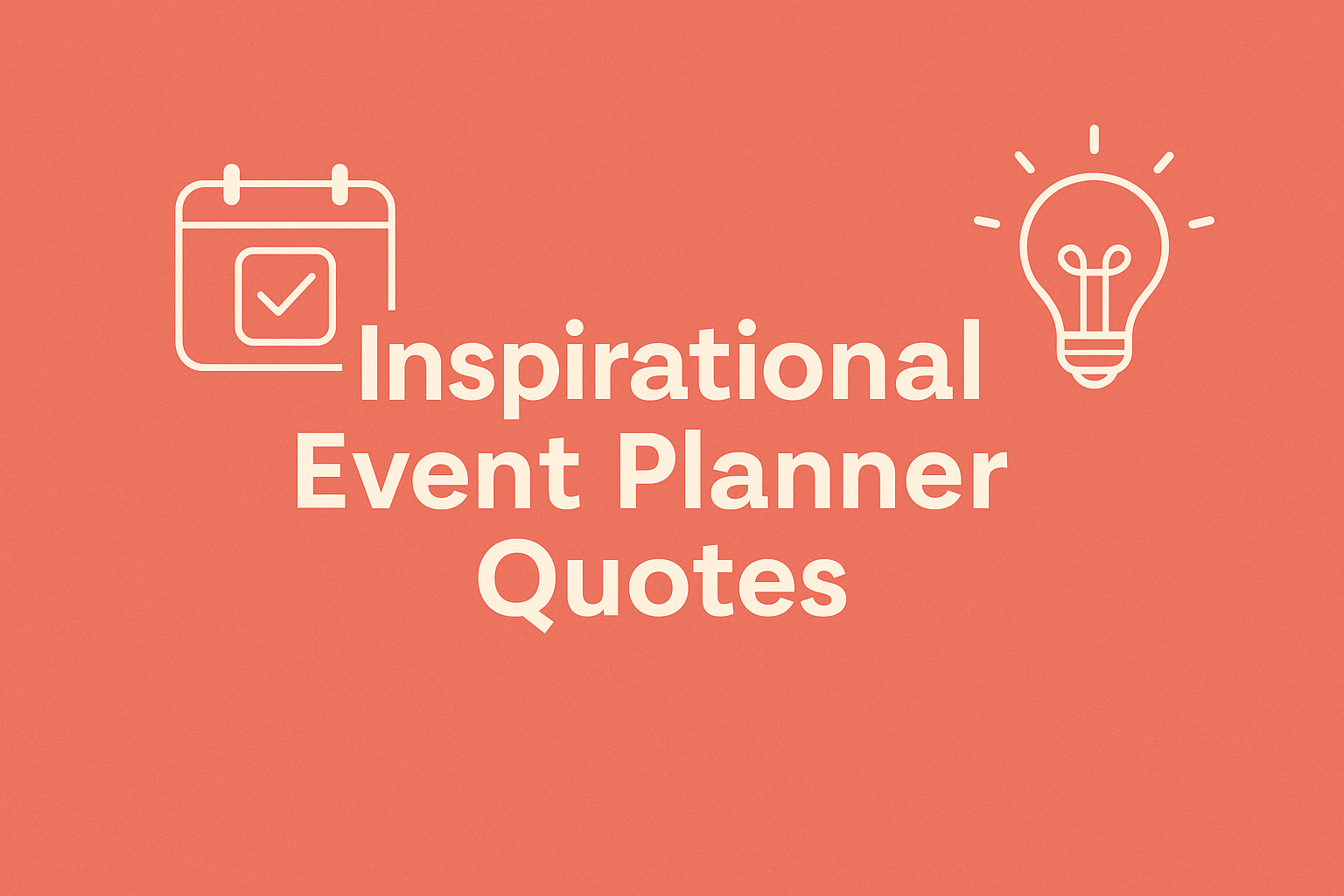Congratulations! You have successfully wrapped up your event, and it’s time to head back home and back to the office. However, before you dive into planning your next major project, pause to ensure you dedicate the necessary time to one of the most important elements of event planning: the event debrief or retrospective.
The debrief is your opportunity to sit down with your team and work together to evaluate your performance. You will discuss what went well and what didn’t. You will evaluate how well you hit your goals and, even more importantly, you will consider what steps you can take to improve in the future.
This debrief gives you your path forward as you head towards your next event, so your business becomes increasingly effective with event planning and management.
We are going to give you the step-by-step guide you need to make this process straightforward and effective. Let’s dive right in.
Why an Event Debrief Matters
Debriefs offer you immeasurable opportunities. During this meeting, you and your team can compare notes, quantify your successes and ROI, determine lessons learned, and ensure everyone is aligned on the past event outcomes and how to move forward.
Skipping the event debrief leaves you open to vastly different perspectives within your team regarding what went well and how to fix what didn’t. This leaves your business stuck in a rut, turning your wheels but never actually moving forward because you don’t formulate plans about what needs to be changed and how.
Consider the improvements in the attendee experience and how you can improve your effectiveness in lead generation when your team works effectively on the same page.
Step 1 – Gather the Right People
Before you move forward, you need to prioritize who should attend the meeting and how to schedule the sessions.
Who Should Be in the Room
Ideally, your debrief should bring together as many core members of the planning and hosting team as possible. This ensures you capture these critical perspectives. Coordinate with the following to plan your meeting:
- Leaders of your planning team
- Vendor representatives
- Event partners
- Stakeholders
- Client reps, if it’s possible
While this requires you to coordinate and connect with a number of different people, reaching these various perspectives will provide you with far greater insight than only speaking with those directly from your business. You will get to see how the event ran from all the different points of view, which gives you a more complete picture of what can be improved moving forward and what opportunities you may have overlooked.
Timing the Debrief
As you touch base with all these people, work on bringing them together for two key meetings. The first one should occur about 2-3 days after the event. This session should focus on initial impressions after the event when all the details are fresh in people’s minds.
Then, about one to two weeks after your event, you will hold a follow-up meeting. At this meeting, everyone should bring their data about the event’s successes and be ready to have a more objective discussion about the ups and downs of the conference.
Step 2 – Set Clear Objectives
Running a successful retrospective also requires careful consideration of your objectives for the meeting. These will keep everyone on task and keep your meeting as productive as possible.
Define the Purpose
Work with your team to define the purpose of your meeting. Create an outline of the session before you come together. Scheduling the flow of time together and allocating the appropriate amount of time to each discussion will improve your ability to keep everyone on task.
You will likely have a few key goals for your sessions. Consider defining purposes such as:
- Identifying the major wins of your event
- Identifying the challenges for the team
- Planning improvements you want to implement for future events
Use Metrics and Goals as Anchors
To keep your discussions grounded in your initial goals and objectives for your event, bring to your discussion your predefined KPIs and standards that you planned to use to evaluate your event. Most event planners set standards for goals such as:
- Attendance
- Engagement
- Revenue
- Sponsorship satisfaction
Use your evaluation of the KPIs to better understand your successes and shortcomings and ensure that you have a productive conversation.
Step 3 – Ask the Right Questions
Your debrief will be guided by the questions you ask the group gathered together. Asking the right questions will improve the conversation and keep you on track, helping you collect helpful information instead of devolving into a blame game for anything that went wrong.
Event Experience
Start by asking questions about the event experience.
- What worked best for your attendees, sponsors, and staff?
- Was the registration process efficient and easy for people to use?
- How did people rate the experience?
- How engaging was the planned program?
- How did attendance compare with projected numbers?
Logistics and Operations
Next, consider logistics and operations.
- What ran smoothly and what caused problems?
- How did the venue work for the event?
- How was the overall flow of the event, and how did the venue impact this atmosphere?
Marketing and Promotion
Also, ask questions about your marketing and promotion strategy.
- Which channels performed well and which didn’t?
- Were there any changes needed in the marketing plan?
- How well did the event audience align with the target audience?
Budget and ROI
Finally, don’t forget to ask questions about your budget and ROI.
- Did expenses align with forecasts? Were goals met?
- Were there any unexpected costs? Where did they come from?
- What was the ROI of the event? How did this compare with your goals?
Having these questions planned and gathered can help you use concrete data to support your conversation and conclusions, so you can improve your event planning process moving forward.
Step 4 – Collect Feedback Beyond the Team
While you work with your team to collect valuable information about the success of your event and its impact on business outcomes, it also helps to collect information from people outside of the event planning circles. Your attendees, vendors, and partners will also have important insight that you can use to optimize your operations moving forward.
Attendee Feedback
Thanks to technology and social media, you have a number of different options for reaching your attendees and collecting their opinions about your event. Consider employing the following:
- Surveys and polls. You can use these techniques both during the event itself and immediately following the event. You can ask people about their impressions of the event, how much value they received from your speakers, and what they thought of their overall experience. Prompt people at various checkpoints while they attend, and then follow up the event with a short survey to get their overall opinion.
- App analytics. Your dedicated event app can tell you a wealth of information about your attendees and their engagement with your event. See how people interacted with the app, your speakers and presenters, and any entertainment you offered. You can see how often people consulted the features, submitted pictures, and asked questions.
- Social media input. Social media is how people connect and engage with like-minded people and businesses. See how often people interacted with your event pages, used event hashtags, and the conversations they had about the event and your brand. See how interactions with your brand through social media changed before and after the event and watch for increases in followers or comments.
Vendor and Partner Feedback
Evaluating how you interacted with your vendors and partners specifically can also provide you with valuable insight regarding your event. Working well with your vendors requires a good communication strategy and solid collaboration. Speak with your vendors to see how they would gauge your strength in these areas. See if any areas of miscommunication arose during the event and how they were resolved. Ask your partners if they have any feedback to offer.
Engage directly with your team members responsible for managing these relationships as well. See if they have any feedback about how the communication went before, during, and after the event. Record how they resolved any hiccups and what can prevent them in the future.
Sponsor Feedback
Your sponsors play critical roles in event development. When you have happy sponsors, you bring in more revenue for your event, increase opportunities to promote your event, and build your overall brand reputation. Therefore, taking care to evaluate how they felt about the event and how you can improve your relationship moving forward can help you boost your overall value.
Ask your sponsors questions such as:
- Did they receive value from the event?
- What was their ROI from the event?
- Did they feel they received adequate exposure during the event?
- Would they consider sponsoring the event again in the future?
Step 5 – Document and Organize Findings
As you move through the debrief process, documenting all the insights you gather will be invaluable to helping you implement the ideas in the future. Your documentation ensures that anyone at your organization planning an event next will be able to use your helpful information and improve the quality of the occasion they want to plan.
To keep your notes organized and easy for everyone to follow, we suggest following a basic structure.
Begin with a summary of the outcomes. Note how the event progressed and provide an overview of how the event was received by your audience.
Next, document your key wins. Note what your event achieved and what this means for your business overall.
Follow this portion by articulating your challenges. Make sure you detail where things didn’t go according to plan. Include any issues with communication, audience or sponsor issues, and marketing.
Finish by recommending particular action items. Finally, note what your team suggested as potential resolutions to the problems. Document where they suggested making changes and the strategies and techniques the team thought would work better.
Step 6 – Turn Insights Into Action
The final step in the event debrief process is to develop a plan that will turn your insights from the discussion into a plan of action you can use moving forward.
Prioritize Improvements
Your first priority as you create your plan is to differentiate between quick wins you can achieve with shifts in techniques and changes in your longer-term strategic thinking. Parsing these two out will make it easier to prioritize improvements and what can be implemented immediately versus what will be a gradual improvement.
H3: Assign Ownership
To keep your team on track with your plan of action, it helps tremendously to assign ownership of the different tasks and responsibilities that must be managed. Handing the responsibility of a given task to a specific person provides greater reassurance that the chosen changes will be made. Your selected leader will evaluate the change and take the lead for your next event, creating a system of accountability in your event planning.
Share with Stakeholders
Once you have developed your plan to improve your future event planning, share the results of the debrief with your stakeholders, including your executives, sponsors, or clients as relevant. This will benefit your group in a few ways.
To begin, including your stakeholders ensures that anyone who has a role in planning or executing future event planning will know what’s expected and how you will adjust your future events.
Secondly, this will enhance your accountability. Since your stakeholders know your plan, they will notice if you do not live up to these expectations.
Third, you will let your stakeholders know you were listening to any feedback they provided. Since your plan will reflect the insights collected, it should provide your stakeholders with a clear idea of how you have adjusted your strategies to reflect their feedback. This lets them know that you listen to and value their perspective.
Pro Tips for a Productive Event Debrief
Since your debrief is designed to cover all the positive and negative outcomes of your event and how you can make the necessary adjustments, it is easy to see how this meeting can quickly devolve into a waste of time. Pointing fingers, taking too long to discuss issues, and getting off track can quickly detract from the meeting’s purpose.
To boost your success, we suggest the following tips.
- Keep the meeting time-focused. Determine how much time you want to allocate to each conversation.
- Use collaborative tools to document the input you receive. This ensures everyone’s voices are heard.
- Emphasize creating a safe space for participants. Make sure everyone is clear that this is not the time to point fingers and instead create plans. A safe space will ensure participants can freely share their opinions and impressions, giving you the most accurate look at the event outcome. Focus on constructive feedback versus complaints.
- Maintain a positive atmosphere by ensuring that positive outcomes and experiences are emphasized alongside challenges.
Conclusion
Launching a successful event takes careful planning and preparation, but make sure to include your debriefing meetings in your schedule. These interactions might be easy to overlook, but they are extremely important for your long-term success.
Collecting this feedback empowers you to continue to improve your processes and your outcomes. Work with your team to start drafting your own event debriefing process, working from the steps we provided you above. See the difference this meeting can make in your event’s success.










